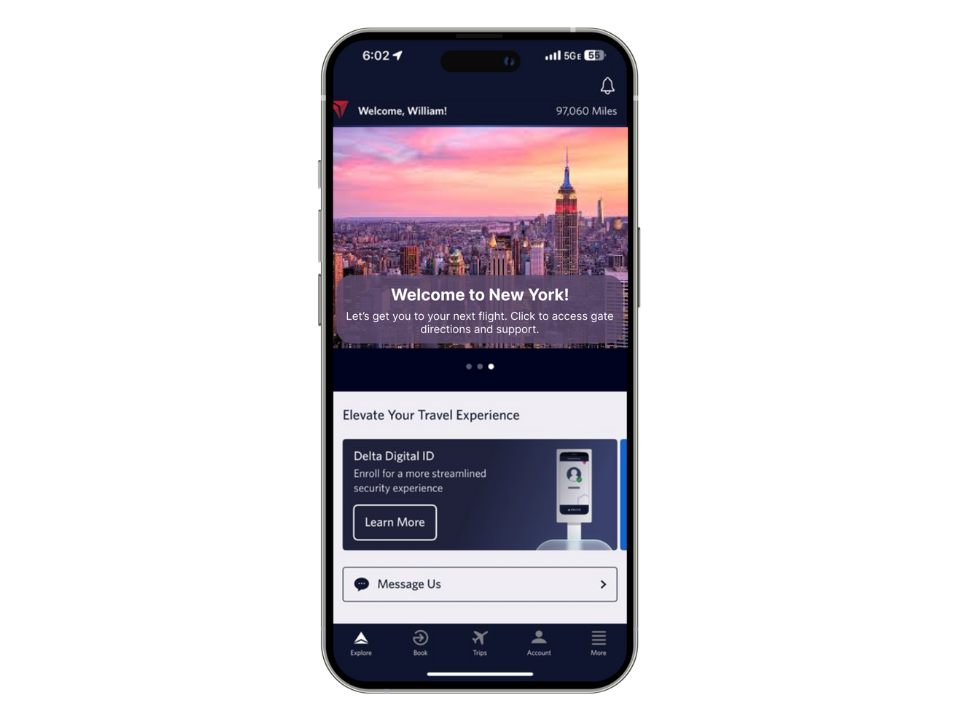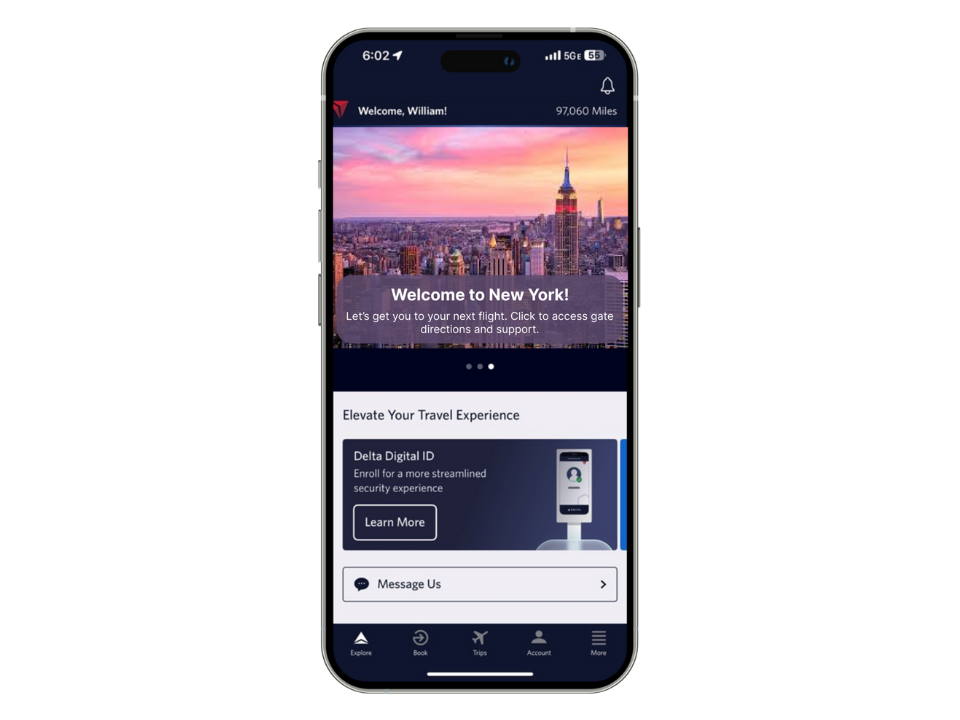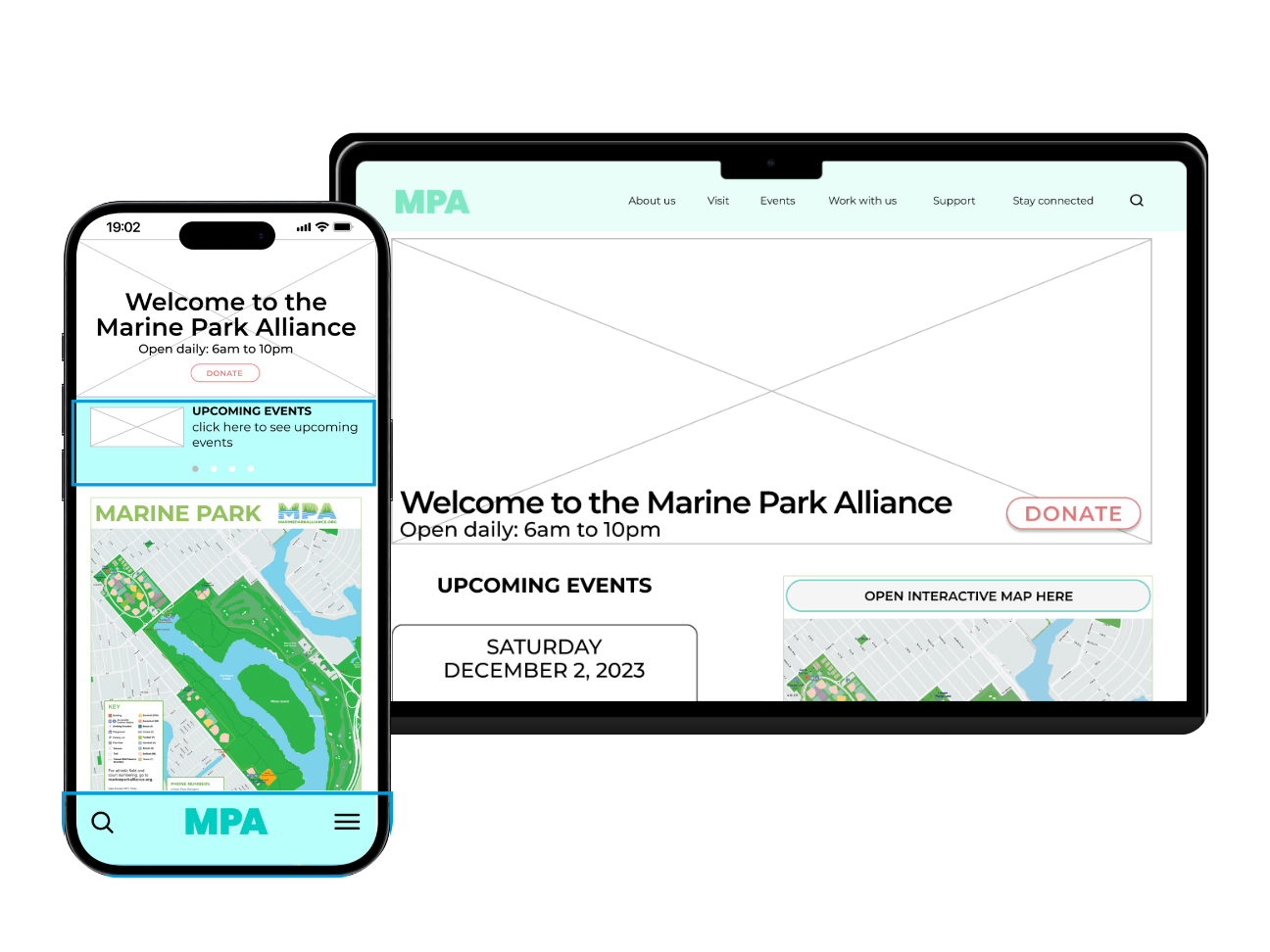Client: WebMD Health Services
Team: Pratt Institute Usability Theory Students (Sarah Geiz, Anita Liao, Nicolas Lord, and Yu-Hsien Wu)
Role: Moderated User Testing, Qualitative Data Analysis, Mockups for Social Engagement, Client Presentation
Timeline: 3 months (March - May 2024)
The Challenge
Side Quests is a newer product by WebMD meant to help users stick to their exercise habits and health goals.
The WebMD design team's goal was to create an intuitive and motivating platform that resonates with as many end user's personal goals as possible.
Side Quests Interface
The Process
Areas of Focus
The client meeting emphasized that the WebMD team wanted to understand how users get motivated and set up goals, and if the interface reflects that.
Recruitment
Based on WebMD's main audience, we targeted English-speaking adults, slightly more of whom are women, in the U.S. who are between 25 and 65 years of age.
To focus on users who need help improving health habits through exercise, we used a screener to recruit users who felt exercise could or does help them reach their health goals.
Users scheduled a time for a 30-minute virtual, moderated user test.
Recruitment Screener
Participants
Participant Breakdown by Sex, Age, and Screener Responses
Moderated User Testing
The Big Picture
After analyzing the results with affinity mapping, we found that all 8 participants said that the product was easy to use. However, areas of improvement in the interface were highlighted.
Proposed Solutions
We developed targeted solutions to address specific issues. My design focus was on the issue surrounding community engagement.
Community Engagement
The feed with colleague groups and recent posts is shown on the left. The adventure buddy page with recent activity is on the right.
Users can join groups from the sync page. They can see who already joined a colleague group as a way to see the existing community. Users can add an accountability buddy's contact information to share their exercise schedule.
Users can share their exercise completion with, a) their colleague groups on the feed and b) their accountability buddies via email or text. Accountability buddies can send words of encouragement, reminders, etc.
2) Personalized Health Plans and Incremental Goals
The AI-driven plan setup is shown on the left. Progress check-ins sent over time via chatbot are shown on the top right. Incremental challenge invites are shown on the bottom right.
Users input their abilities and health goals to create an AI-driven personalized health plan. AI will give personalized solutions and/or tips based on the health plan.
Challenges based on user goals are sent to the user occasionally via text if they've regularly completed their exercises. Data from the challenge is visualized as a bonus.
3) Enhancements To Promote Trust and Motivation
Dropdown bars on the exercise input page allow users to hear from an expert or get testimonials from other users who have done these exercises.
Expert advice about exercises can be available to users at different phases of their journey to help with exercise education and motivation.
Testimonials can motivate users who want more information about Side Quests or what to expect at different phases of meeting their exercise goal.
4) Reminders To Replace The Countdown Timer
Users may enter their phone number (left) to receive reminders if they want to. Reminders (right) can be sent throughout the day, including in the morning and before bed, based on user preferences.
Delivering Insights
Delivery
1) Presentation
2) Moderated user testing report with detailed findings
Client feedback
Feedback was positive from the WebMD One team, and they shared that these findings reflect some of their previous research. They also noted that the accountability partners and progress check-in recommendations may be helpful for future design decisions.
Future Considerations
1) Expand research to users who don't have health goals and are not exercising to determine what could motivate them to pursue a health goal or plan.
2) Continue to consider how social and motivational elements can work with usability/functional elements to improve user experience.
3) Test recommendation designs with users to continue to iterate on and improve Side Quests.
Thanks for going through my case study!





